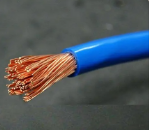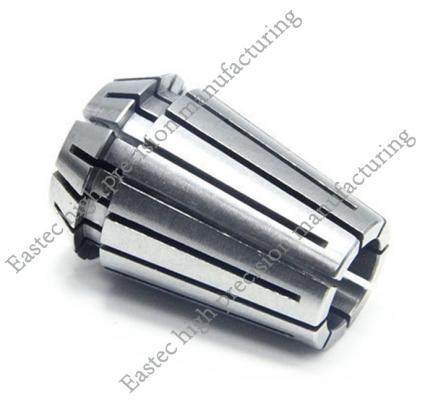Laser surface modification technology has played a significant role in both new product manufacturing and the repair of failed components, driving the rapid development of intelligent manufacturing, green manufacturing, and high-end equipment innovation projects. The maturity of laser surface modification technology has achieved a qualitative leap, making it a widely recognized advanced technique in surface engineering. It is poised to occupy a pivotal position in future industries.
In recent years, with improvements in laser power, precision, and stability, the application scope of laser surface modification technology has continued to expand. In the aerospace sector, laser cladding technology is widely used for the repair and strengthening of turbine blades and engine components, significantly extending the service life of critical parts. In automotive manufacturing, laser quenching and laser alloying technologies enhance the wear resistance and fatigue strength of moving parts such as gears and crankshafts, reducing failure rates caused by surface degradation. Additionally, laser surface modification technology has demonstrated great potential in industries such as medical devices, electronic components, and mold manufacturing, becoming a crucial means of improving product performance.
The core advantages of laser surface modification technology lie in its high energy density, precise and controllable heat input, and minimal heat-affected zone. Compared to traditional surface treatment techniques, laser technology enables localized and precise modification, avoiding the degradation of overall material properties. For example, laser shock peening introduces residual compressive stress on metal surfaces through high-energy laser pulse-induced shock waves, significantly improving fatigue resistance without altering the microstructure of the base material. This non-contact processing method also reduces environmental pollution, aligning with the trend of green manufacturing.
However, the widespread application of laser surface modification technology still faces several challenges. First, optimizing process parameters requires extensive experimental validation, as different materials and workpiece geometries demand varying laser power, scanning speed, spot size, and other parameters. Second, the initial investment in laser equipment is high, which may be prohibitive for small and medium-sized enterprises. Additionally, online monitoring and quality control technologies during laser processing need further refinement to ensure the uniformity and stability of modified layers.
Looking ahead, with advancements in artificial intelligence and big data technologies, laser surface modification is expected to undergo intelligent upgrades. By leveraging machine learning algorithms to analyze historical process data, optimal parameter combinations can be predicted quickly, reducing trial-and-error costs. Meanwhile, integrating real-time sensing technology will enable closed-loop control of laser processing, further improving the consistency of modified layer quality. Furthermore, the development of new laser sources (e.g., ultrafast lasers) will drive surface modification technology toward finer and more efficient applications, offering new solutions for micro-nano manufacturing and precision devices.
It is foreseeable that laser surface modification technology will continue to lead innovation in the field of surface engineering, providing robust support for the reliability, durability, and functionality of high-end equipment. As the technology continues to break new ground and costs gradually decrease, its application range will expand further, making it an indispensable key technology in industrial manufacturing.





 Customer service 1
Customer service 1  Customer service 2
Customer service 2